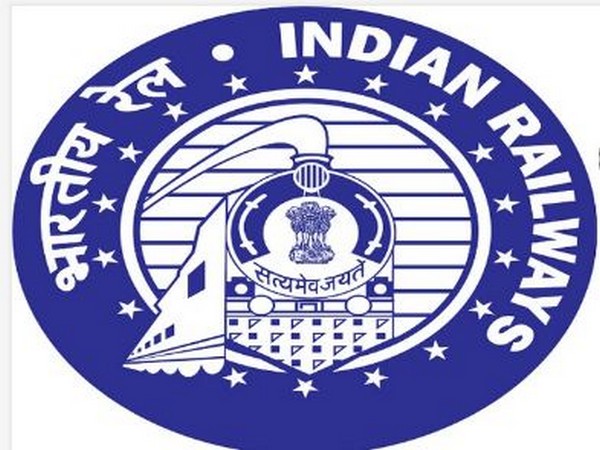Electronic Interlocking System expected to help Indian Railways speed up trains
This achievement becomes possible by replacement of the 65-year old outdated Mechanical Signaling System with the most advanced and safer Electronic Interlocking System at Tundla station in Uttar Pradesh now.

- Country:
- India
Most advanced Electronic Interlocking System has been installed on the Grand Chord route. The measure is expected to help Indian Railways speed up trains and to achieve the objective of reducing the travel time between Delhi and Howrah to about 12 hours from the existing 17-19 hours.
Grand Chord is part of the Howrah-Gaya-Delhi line and the Howrah-Allahabad-Mumbai line. It acts as a link between Sitarampur, (West Bengal) and Pt. Deen Dayal Upadhyay Junction, Uttar Pradesh, and covers a stretch of 450 km falling in North Central Railway (NCR) Zone of Indian Railways, which maintains and operates 53% portion of this New Delhi-Howrah route. This achievement becomes possible by replacement of the 65-year old outdated Mechanical Signaling System with the most advanced and safer Electronic Interlocking System at Tundla station in Uttar Pradesh now.
Around 500 persons worked day and night without break from 2nd September 2019 to 20th October 2019 to execute this complex and challenging work in minimum possible time and with minimum inconvenience to the public using innovative and out of the box methodologies and meticulous planning.
Tundla Jn. is an important station on this super-saturated route operating 160% of its designed capacity. Tundla also connects the mainline with Agra Cantt. Jn. This important Electronic Interlocking work at Tundla Jn. was having 613 route combinations which are only second to Kharagpur in South Eastern Railway with 800 routes.
Despite being extremely important from a train operation point of view, Tundla Jn. was still continuing with the mechanically interlocked signaling system of 1955 vintage. This system required manual operation of levers for receipt and dispatch of trains from 05 different cabins. Manual operation and coordination among cabins took approximately 05-07 minutes to handle each train at important Jn. station thus limiting its handling capacity to a maximum 190-200 train on a daily basis. Further Mechanical signaling also required an upgrade to match with global safety standards in train operation. The layout of Tundla Jn. also needed important changes to accommodate longer trains and more route combinations for efficient train operations.
Need for this change was felt a long back ago and work for remodeling and removal of Mechanical signaling was sanctioned way back in 1998-99, however actual execution got delayed due to extreme pressure of train operation at Tundla Jn. station as execution required cancellation of a sizable number of trains which was not feasible unless an innovative and out of the box solution to this problem was found by NCR in 2019.
Realizing the importance of this work, GM, NCR, Sri Rajiv Chaudhry motivated and guided the team of multi-disciplinary teams of planners who came out with an innovative solution to utilize newly constructed eastern dedicated freight corridor sections between Bhadhan- Khurja section for diversion of some goods trains bypassing Tundla Jn. thus minimizing the cancellation of passenger trains during the execution of this work.
On the historic day of 20th October 2019, 65 years old Mechanical Signaling system was replaced by the most advanced and safer system of Electronic Interlocking. With the commissioning of this system and some post-commissioning works expected to be over by 17.11.2019 following major benefits shall be achieved in trains operation:
Train handling time to be reduced from existing 05-07 minutes to 30-60 seconds through centralized power cabin enhancing handling capacity of Jn. to 250 per day from existing 200 maximum, thus less detention of trains outside Tundla and improved Punctuality of Trains.
Train operation towards Agra will be immensely benefitted with two additional platforms and an extension of three existing platforms no. 3,4&5 to cater full-length trains on mainline.
All UP-direction yard lines are now fit for passenger train movement thus efficient handling of more coaching train.
Length of Yard lines increased to handle longer freight and passenger trains.
Double exit facility provided to Medical Relief Train (ARME) for immediate movement in both sides during accidents etc.
Centralized fail-safe operation through power cabin by just click of the mouse button replacing cumbersome, inefficient and manual operation spread across 05 cabins. Substantial saving on manpower requirements.
This work will go a long way in improving punctuality of trains on New Delhi- Howrah mainline and benefits shall be manifold during the incoming foggy season through safe and detention free handling of trains at Tundla Jn.
(With Inputs from PIB)










